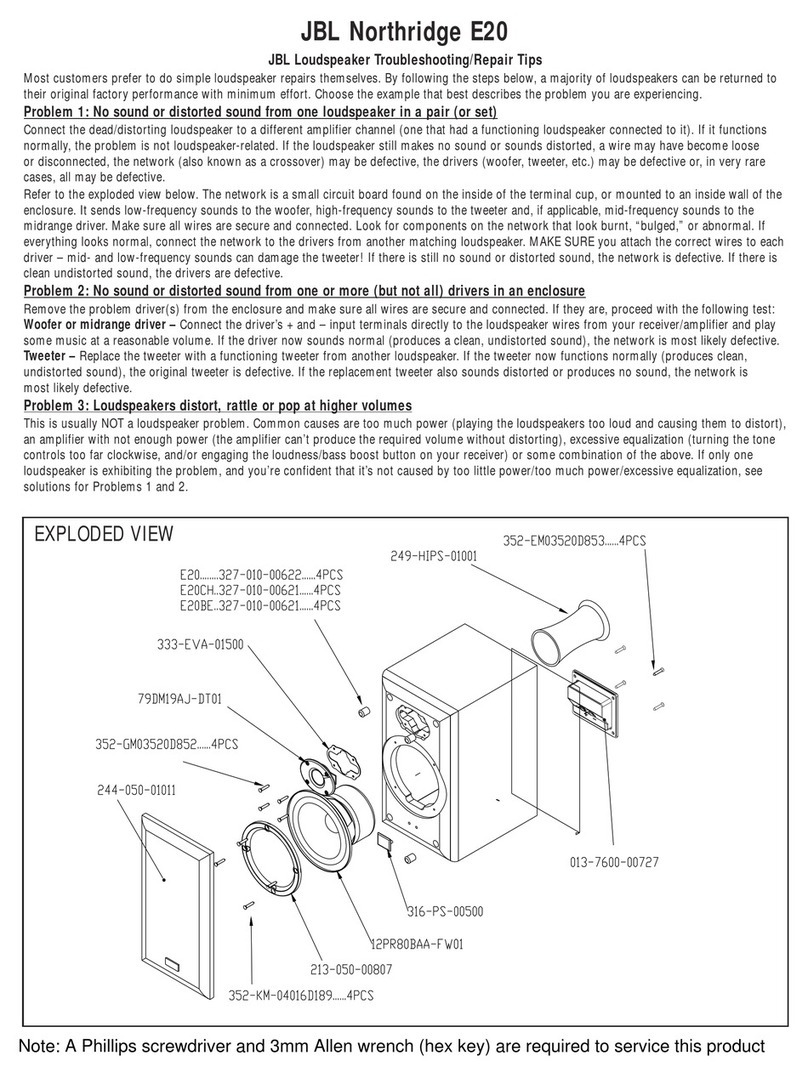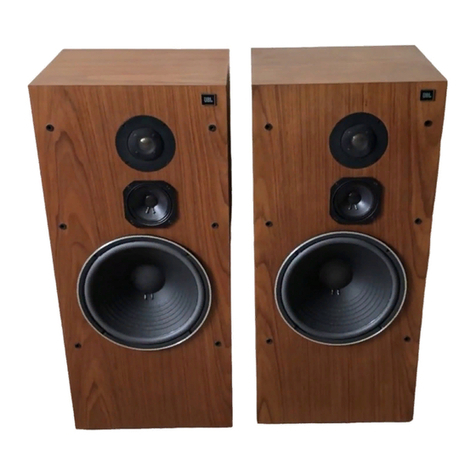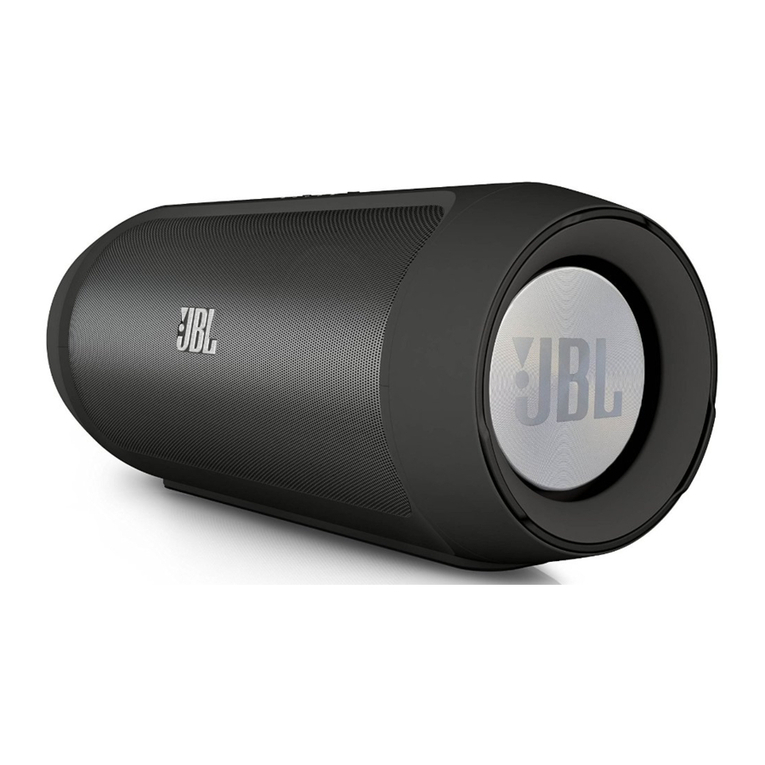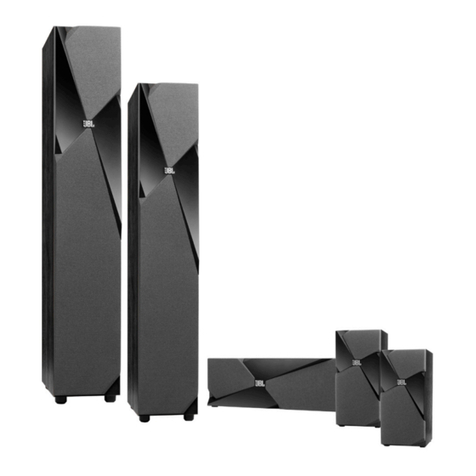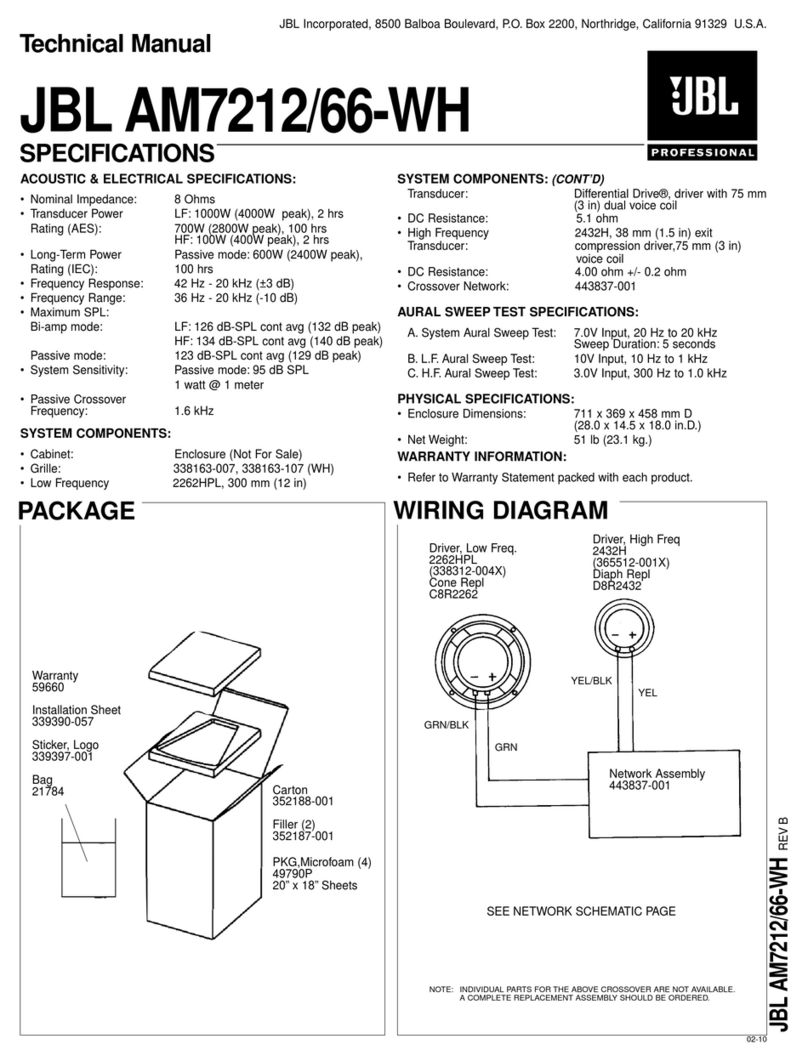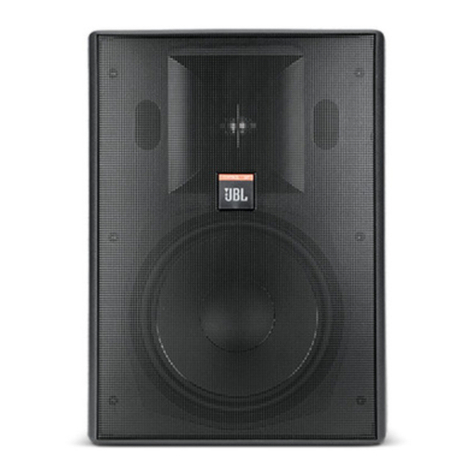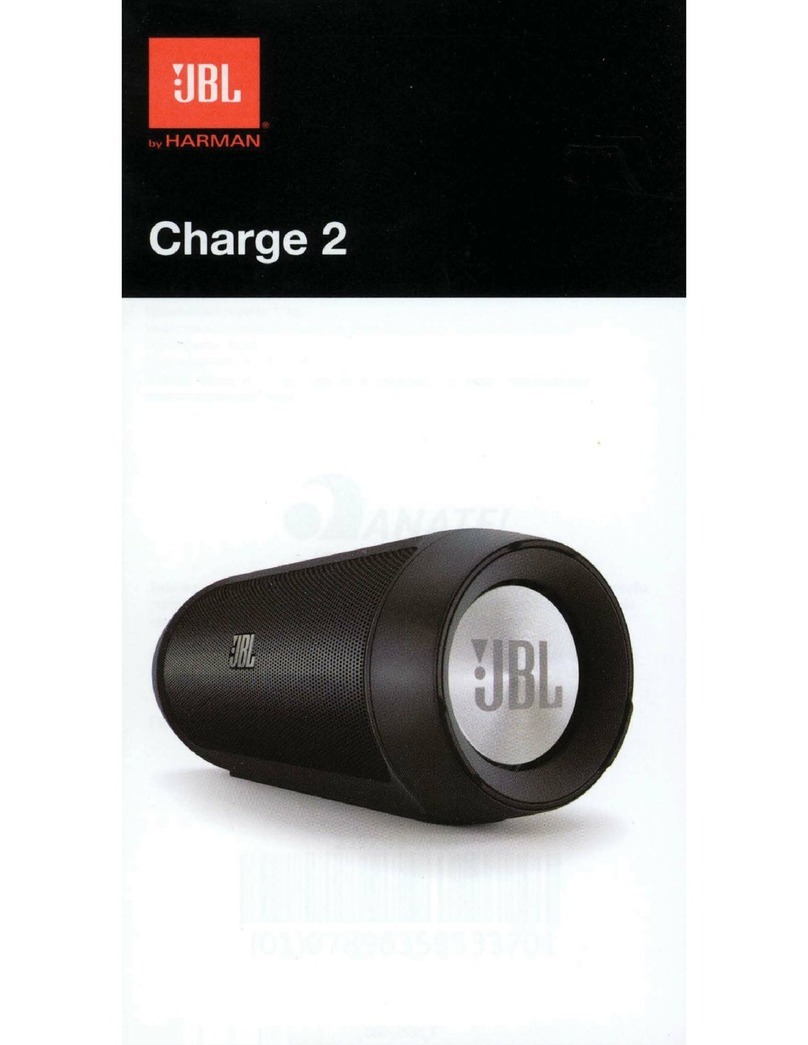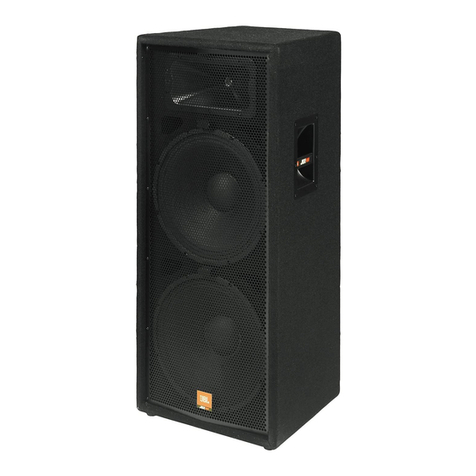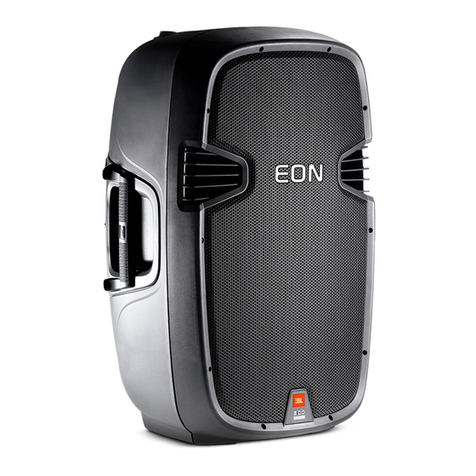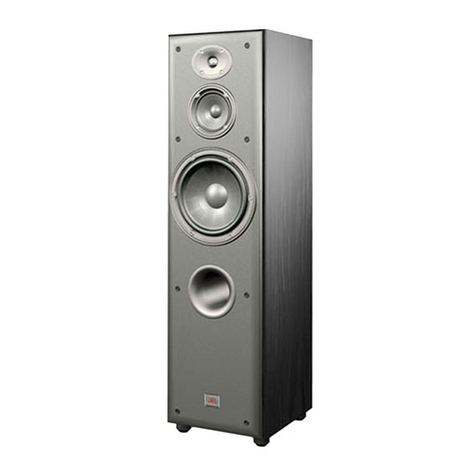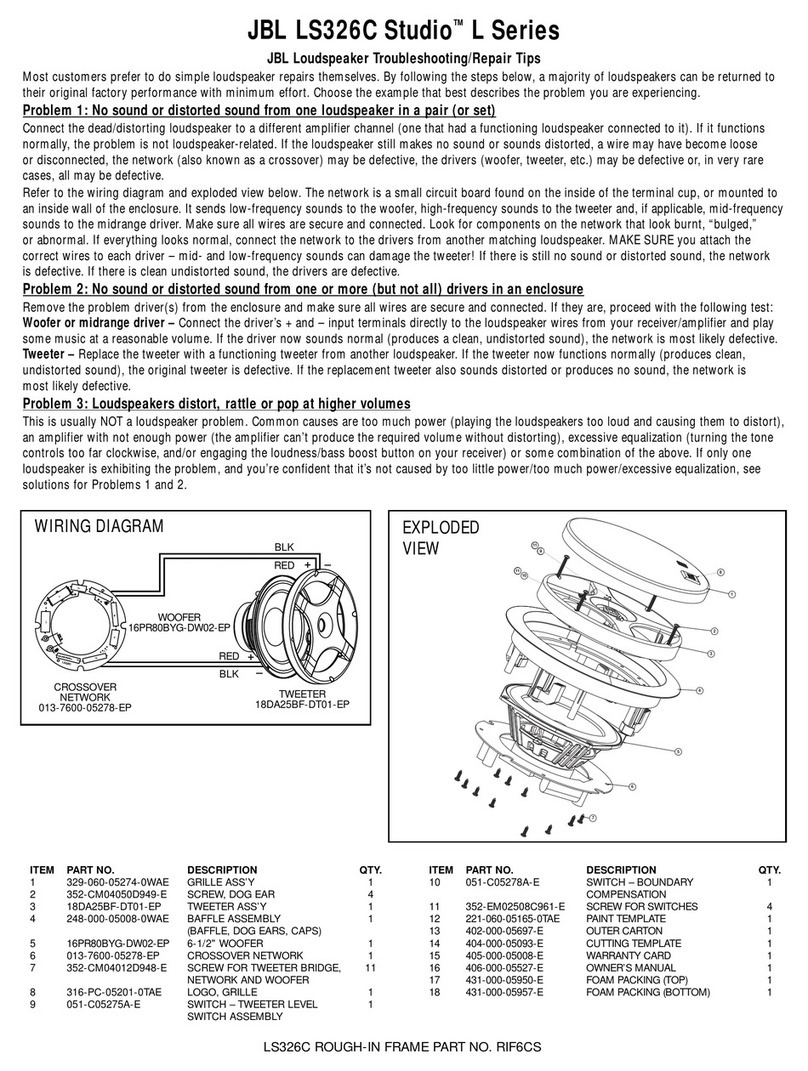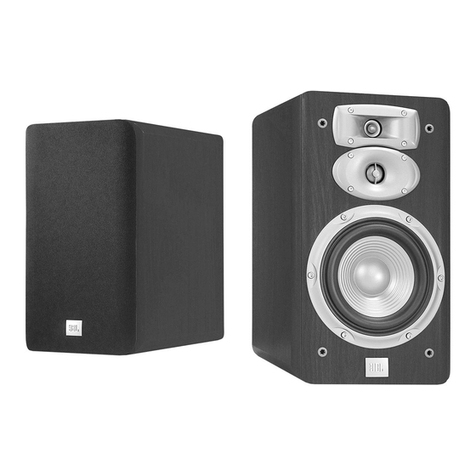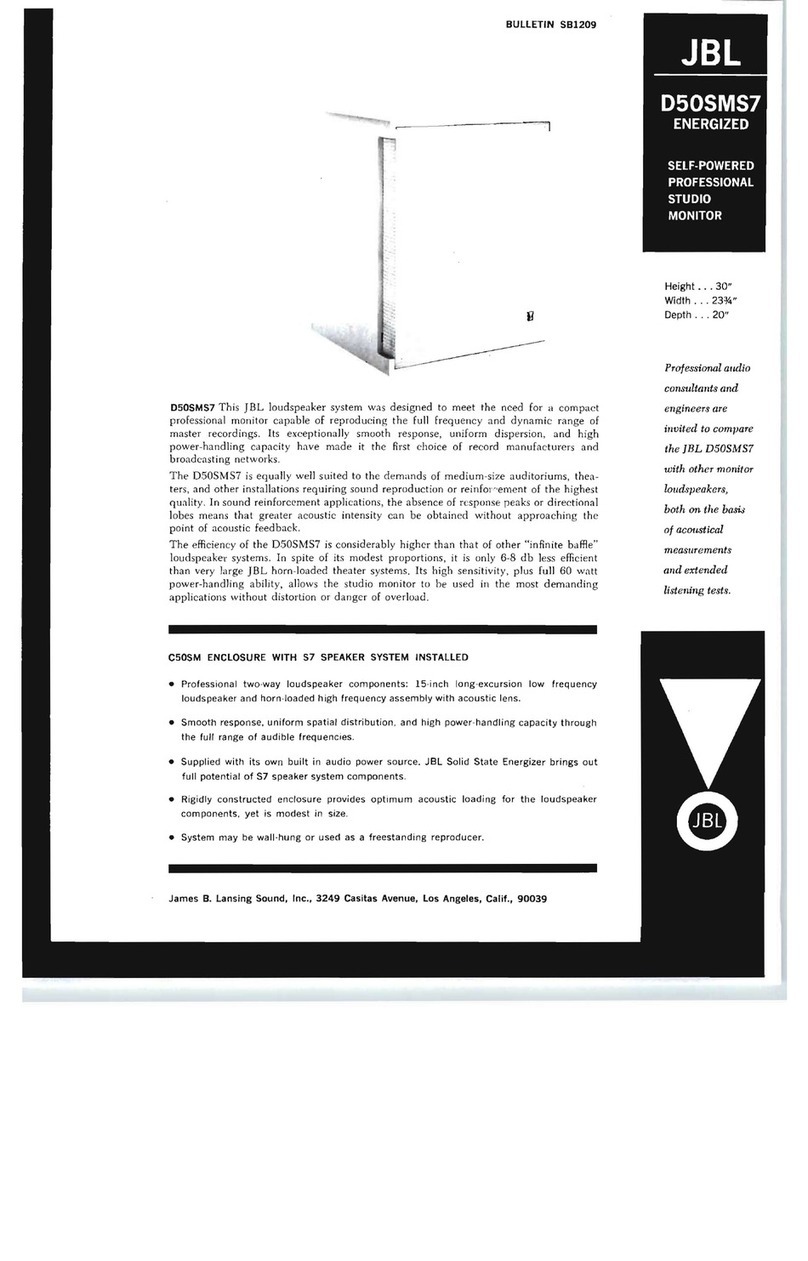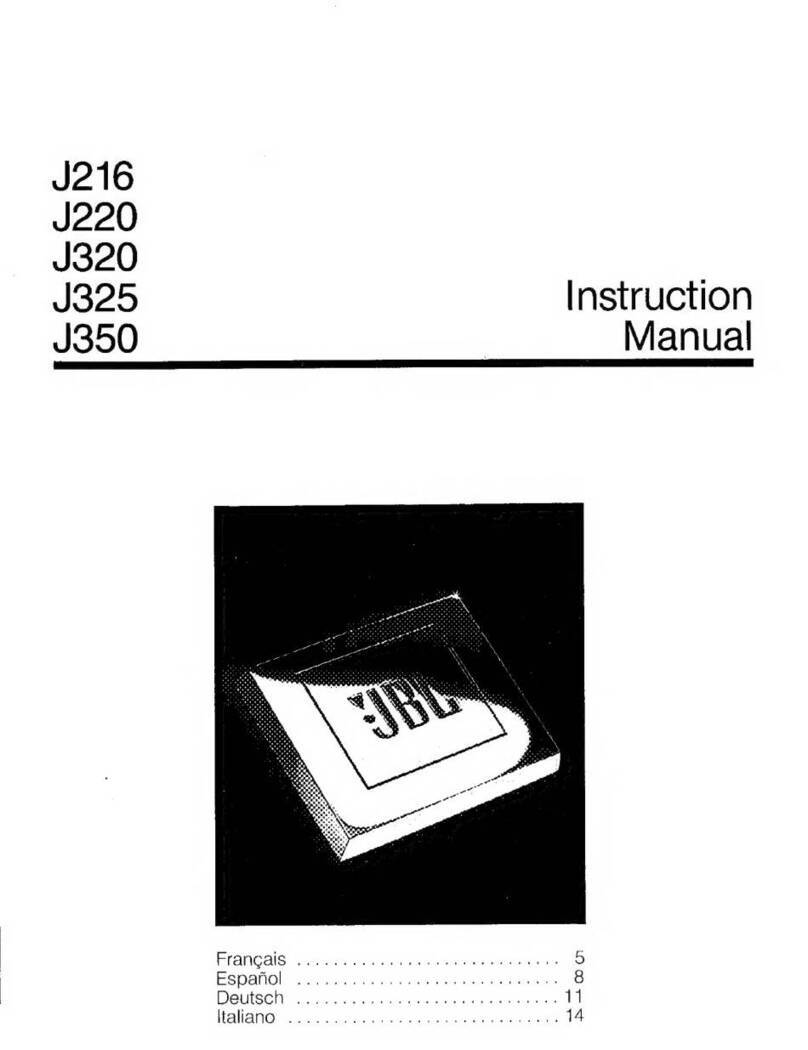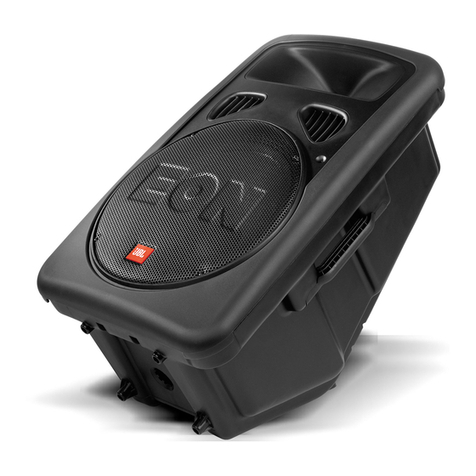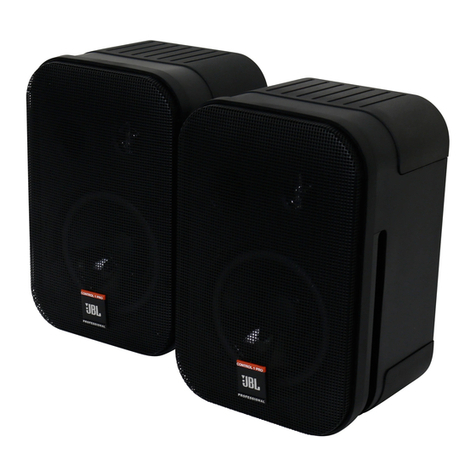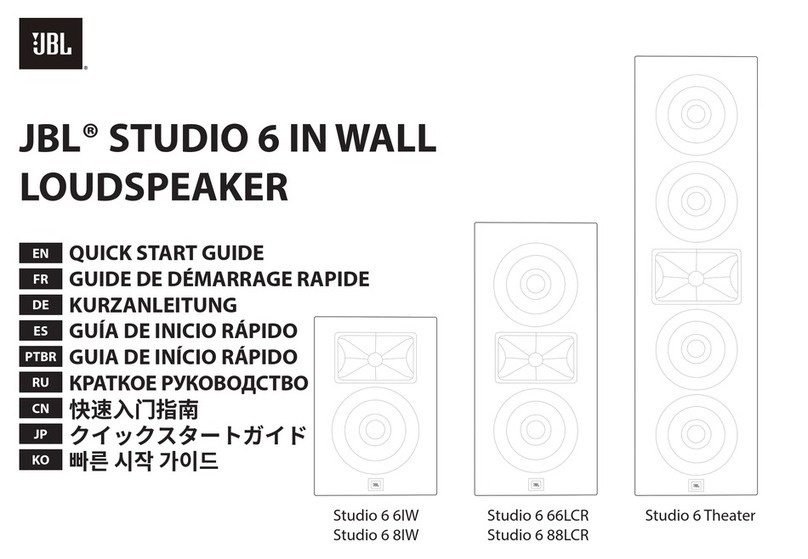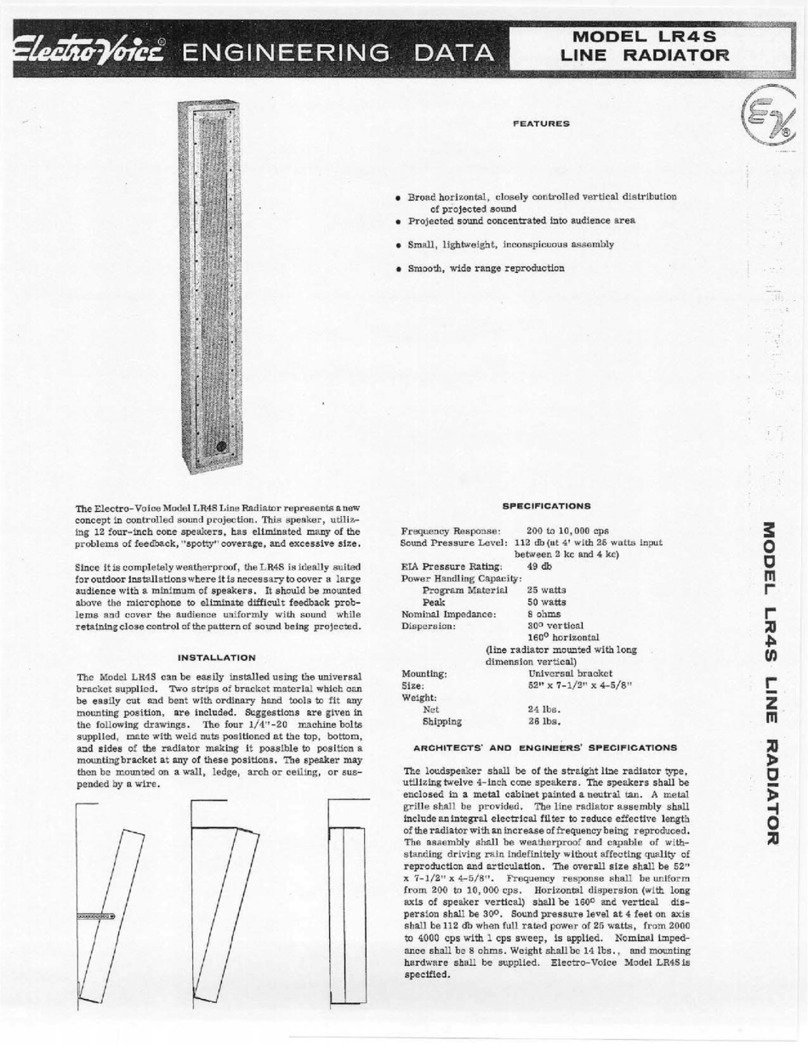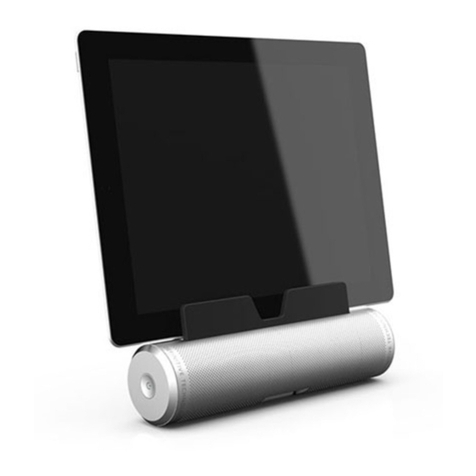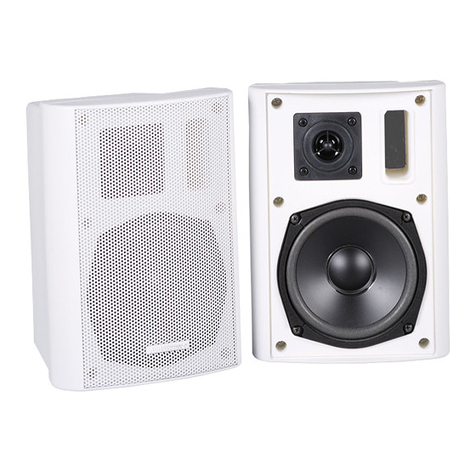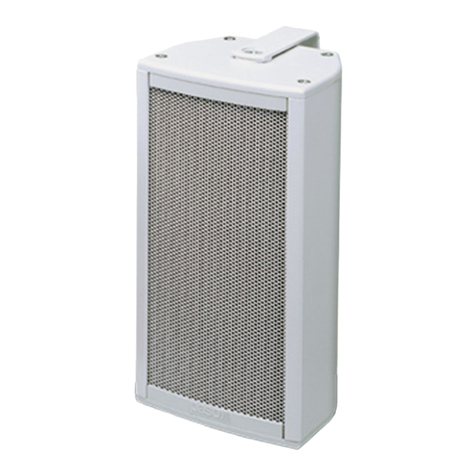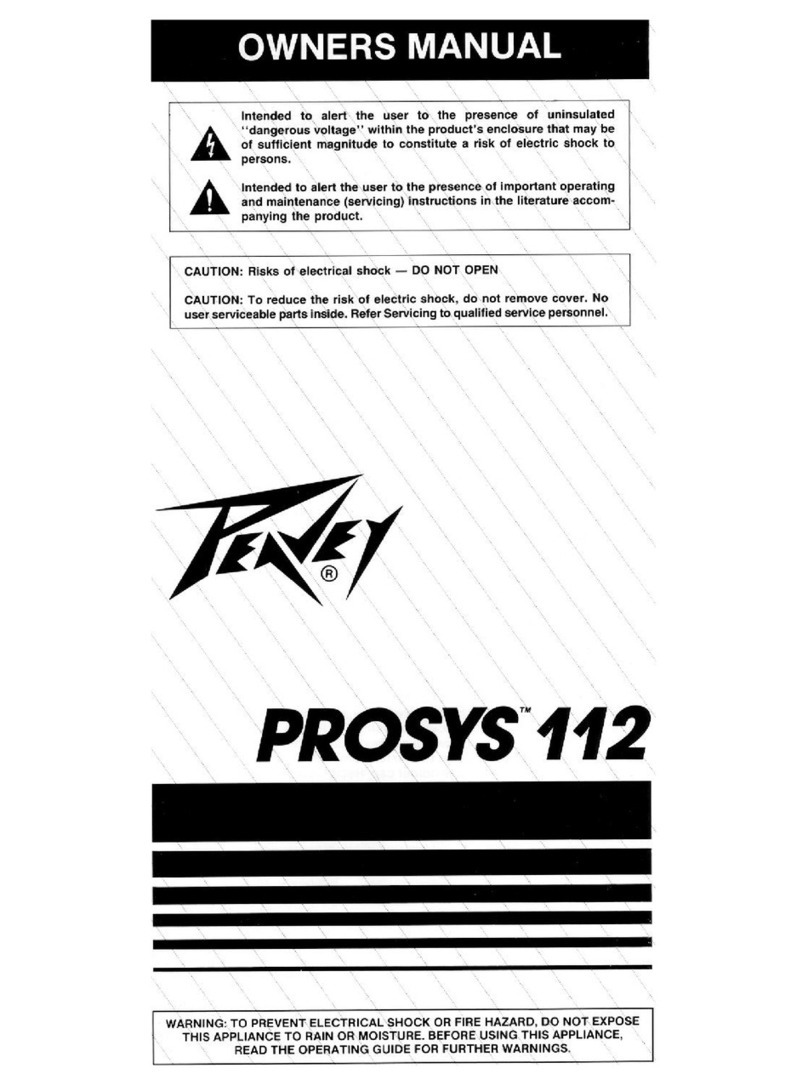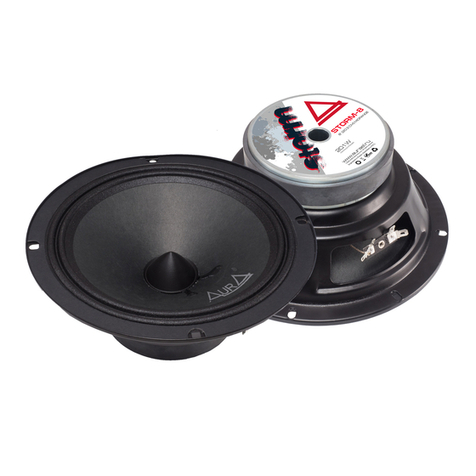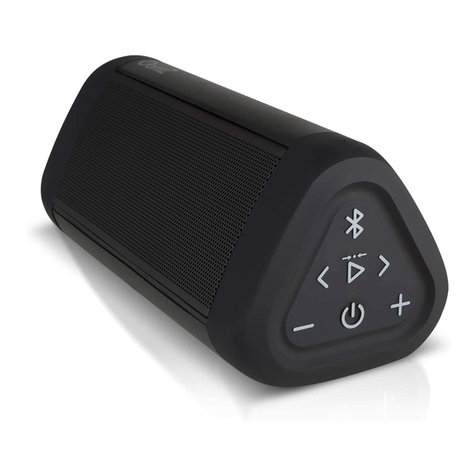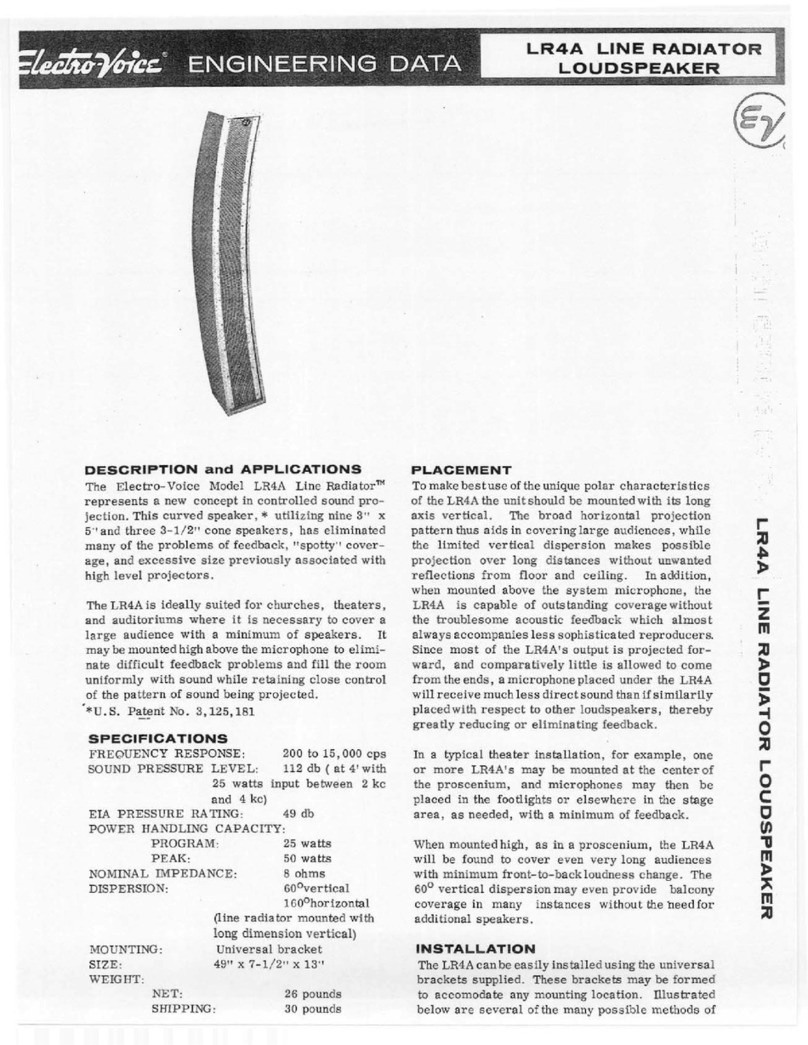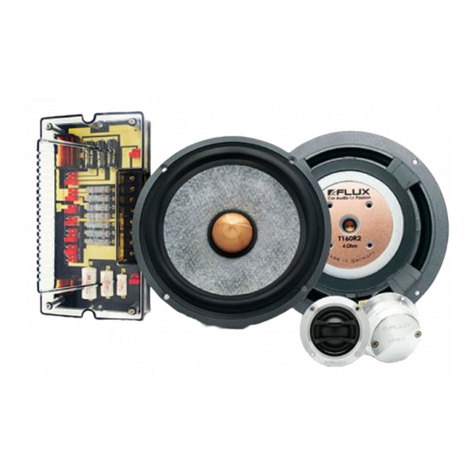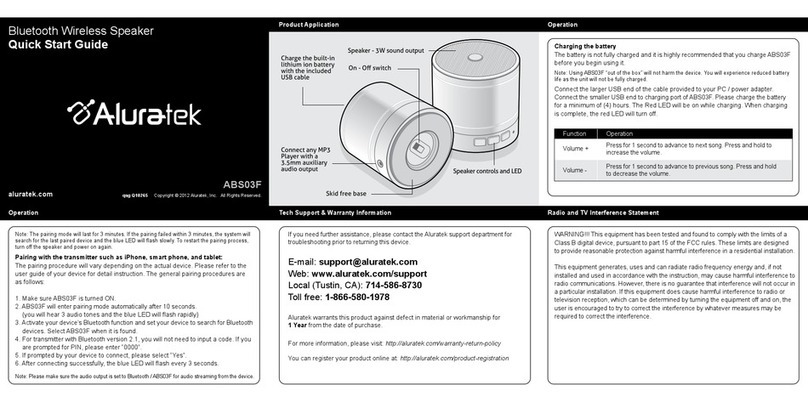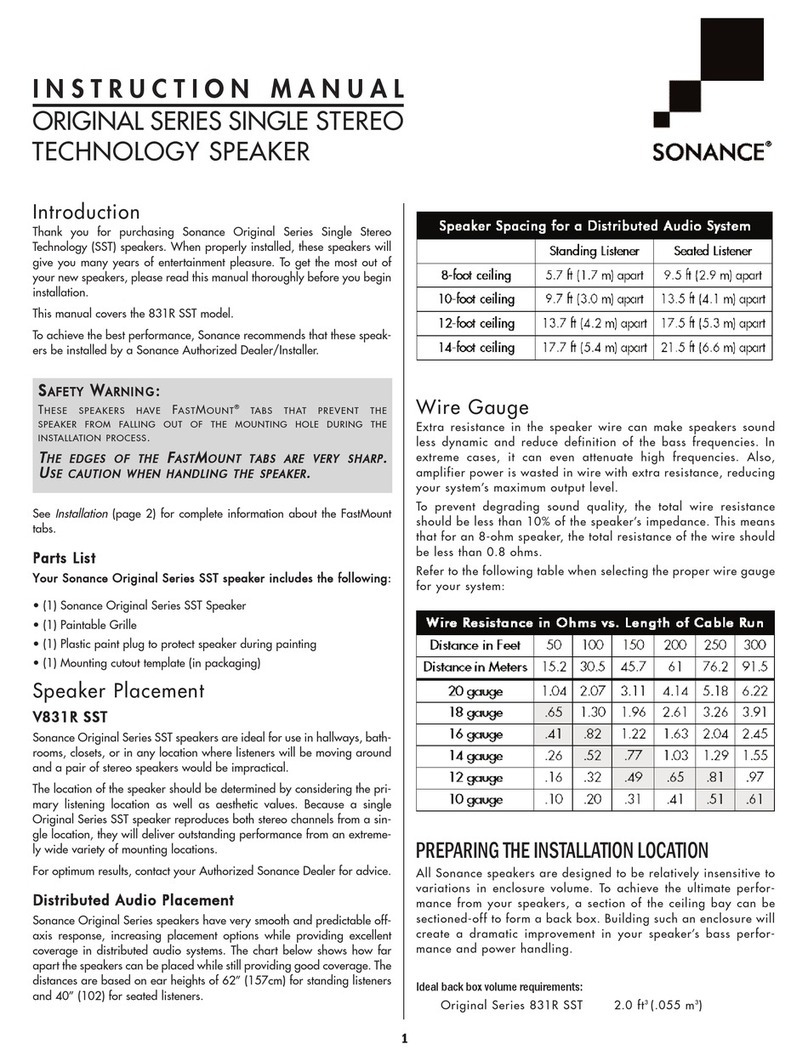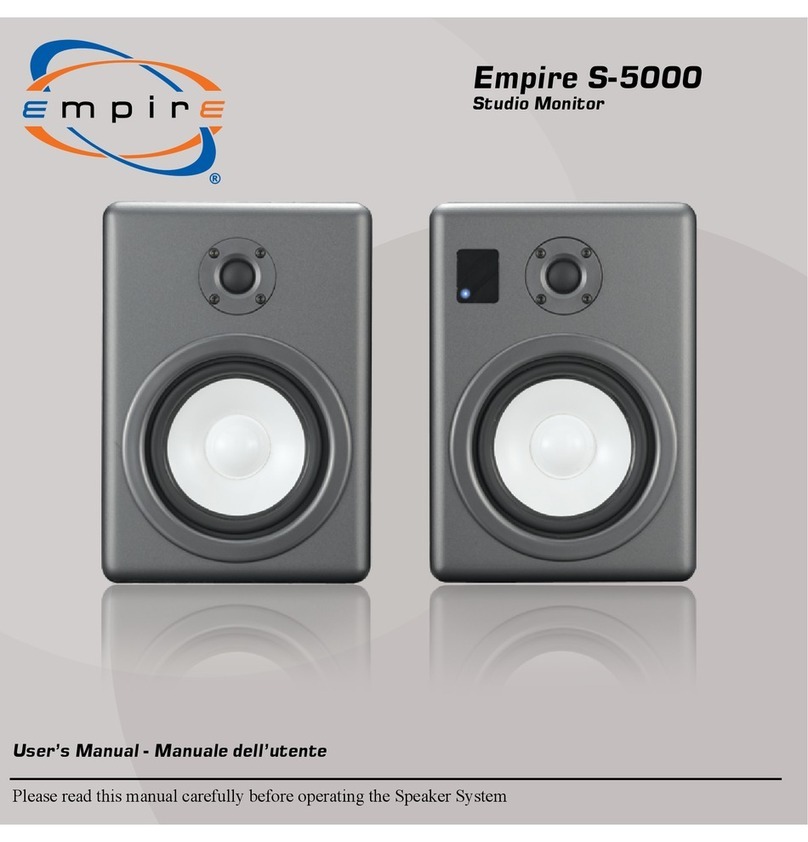
Thank you for purchasing this JBL Synthesis®Array™Module home theater speaker. This product represents the
synthesis of everything that JBL has learned about the emotional power of audio and video in sixty years of preemi-
nence in the field. It sets new benchmarks in the use of “high technology” and provides you with the experience of
being in some of the world’s greatest movie houses and concert halls, right at home! JBL’s Synthesis Array speaker
systems feature the following:
THX ULTRA2™-LICENSED HOME AUDIO SYSTEM:When used with a THX®controller and amplifiers, your
speaker system will deliver a state-of-the-art THX home theater experience to your living room. You will hear in your
home exactly what the director and sound engineer heard in the recording studio. The system will reproduce the
audio flawlessly and without distortion.
ULTRAHIGH-FREQUENCY COMPRESSION DRIVER:1" (25mm) Pure-titanium compression driver with aluminum
edge-wound voice coil and 2" (51mm) neodymium motor assembly, mounted in a SonoGlass®constant-directivity
horn for extended high-frequency response to exceed SACD™and DVD-Audio specifications.
HIGH-POWER COMPRESSION HORN:Horns are commonplace in movie theaters across the world, because
of their high power handling and well-defined high-frequency output. The horns employed in SAM1HF have very
low dis
tortion and a well-controlled directivity, to put the dialogue at the center of the screen and the effects all
around you.
ACCURATE MID-BASS DRIVERS AND SUBWOOFERS:The 8" (200mm) mid-bass drivers incorporate many of
JBL’s patented technologies – such as Symmetrical Field Geometry™(SFG), Symmetrical Inductance Modulation (SIM)
and Vented Gap Cooling™(VGC) – as well as unique cone and dome materials, to provide tight, smooth midrange
sound without harshness, stridency or listener fatigue. From two to as many as four 15" or 18" (380mm or 457mm)
high-power subwoofers complete the experience with earth-shattering, deep bass.
COMMON VOICING:Synthesis Array uses common voicing across the front three channels. Since identical drivers
are used, each speaker has the same tonal qualities, thus as a sound is panned from one side to the other, there will
be no change in timbre.
MAGNETIC SHIELDING:All front speakers are magnetically shielded, allowing you to place them near video mon-
itors without generating interference or distorting the picture.
DUAL “INSIDE” NEODYMIUM MOTOR STRUCTURE:Two neodymium magnets are used. The “top” neodymium
magnet is magnetized with opposite polarity to the main, lower neodymium magnet. This inverted dual-magnet configu-
ration improves magnetic shielding and offers increased acoustic output.
DEEP-ANODIZED CONE AND DOME MATERIAL:The special deep-anodized aluminum cone and dome material,
together with the motor features, helps to reduce midband distortions to very low levels (approximately 50dB to 60dB
below the fundamental signal driven at 100dB output).
TWO-STAGE PHASE PLUG:The phase plug is a key element in this compression driver. The accuracy of the phase
plug geometry is most important to achieve a wide and flat frequency response. The pressure distribution in the phase
plug is manipulated by adjustments to the number and width of the slots and is optimized to achieve a coherent
pressure front across the operating range at the exit of the phase plug.
SYMMETRICAL INDUCTANCE MODULATION (SIM): The flux-stabilizing ring and copper gap ring are also
optimized for size and position, to help minimize or eliminate “asymmetrical inductance modulation.” Minimizing this
asymmetrical inductance modulation leads to even further distortion reduction and improved vocal clarity.
3
INTRODUCTION
SAM1HF, SAM2LF OM.qxp 4/24/07 9:40 AM Page 4
